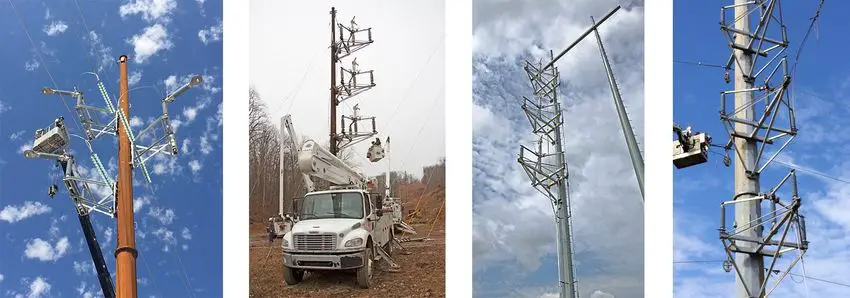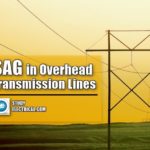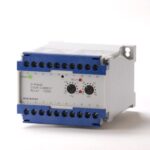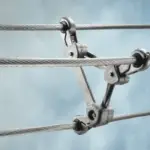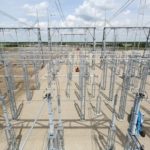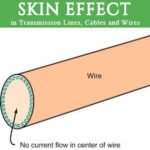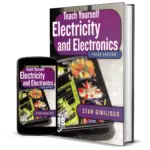A transmission switching system is an essential component of the electricity supply network. It enables electricity transmission from one line to another for end users. It also helps ensure that the electrical supply keeps up with demand and the power is available when needed.
Let’s learn more about transmission switching and its use in the electric grid.
Understanding Transmission Switching
As described earlier, the transmission switching process makes sure reliable and uninterrupted delivery of electricity from one source to another. It is crucial for businesses and homes that rely on a reliable and consistent electricity supply. In most cases, transmission switching takes place at substations. These large and centralized facilities manage the flow of electricity across long distances through transmission lines.
There are two ways to open or close a transmission line switch: electrically or mechanically. We operate a mechanical switch by hand. On the other hand, an electric motor runs the electrical switch.
The switching system can connect transmission lines in series and parallel. In a series connection, the current flows from one transmission line to another through a switch that connects both lines.
In a parallel connection, current from the line linked to the switch flows via the other line, which acts as a short circuit. You must build the transmission line switching in such a way as to accommodate the voltage in connected transmission lines.
You can use switching to connect two transmission lines with the same or different voltage.
Advantages of Transmission Switching in Electricity Supply
One of the main advantages of transmission switching is improved reliability. The system can automatically send electricity from other plants to keep the grid operating when a power plant is offline.
Therefore, it can help reduce dependence on one type of energy. For example, if there is a shortage of solar power in a region, transmission switching can allow for the use of fossil fuels to generate electricity. It would help to stabilize the grid and reduce the risk of outages.
Types Of Switches used in Transmission Lines
Electric switches open and close circuits, which can be manual or automatic. These are capable of carrying current without overloading the lines. For the standard circuit, the switches also need insulation and safety regulations. Here are some popular kinds of switches used in transmission lines.
- Disconnect Switches
You can use a disconnect switch in a primary circuit if you need to open a circuit under high voltage. The disconnect switches interrupt the current to stop lines from charging or exiting. We commonly use these switches to disconnect off-circuit breaker, transformer, and branch line loads.
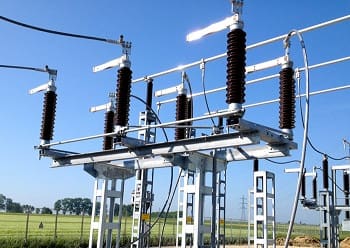
We can operate the disconnect switch with a long-handed stick from the ground with the correct mounting height.
- Bypass Switches
With a bypass switch, you can take the equipment out of service and put it back in service quickly and safely. If you have open-circuit windings, you can de-energize a feeder circuit to do this.
- Gang Operated Switching
When more than one circuit phase requires simultaneous opening, you can use a gang-operated disconnect. Various types of gang-operated disconnect switches are available on the market, such as the air brake.
We can use this type of switch at substations to switch structures. They are also capable of de-energizing and energizing transformer banks on power lines.
You can make sections in a circuit with the help of gang operated switch. The process is known as sectionalizing. You can separate a faulty part by sectionalizing and repairing it individually without needing to cut the entire electricity supply.
Switches of this type are ground-operated, which makes them convenient to use. You can usually restore electricity service without needing to climb poles.
- Oil Circuit Breaker
In an oil circuit breaker, also called OCB, insulating oil serves as a conductive medium to interrupt the circuit supply safely. Typically, breakers are designed to automatically close when a fault is resolved, restoring service immediately. Generally, we use them in switching stations or substations requiring high interruption capacity.
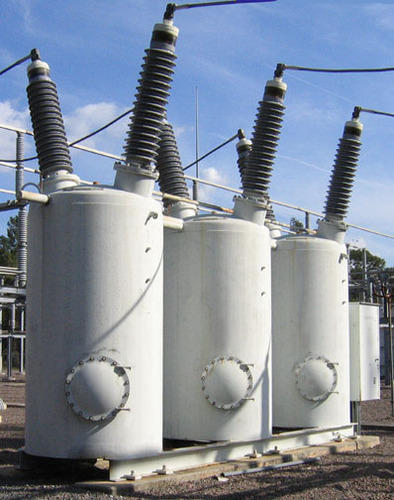
Conclusion
Transmission switching is a critical part of the power supply that ensures efficient and reliable delivery of electricity to consumers. It helps to transfer energy from one source, such as coal or nuclear plants, to another, such as homes and businesses. Transmission switching can also stabilize the power grid, keeping it running smoothly.
